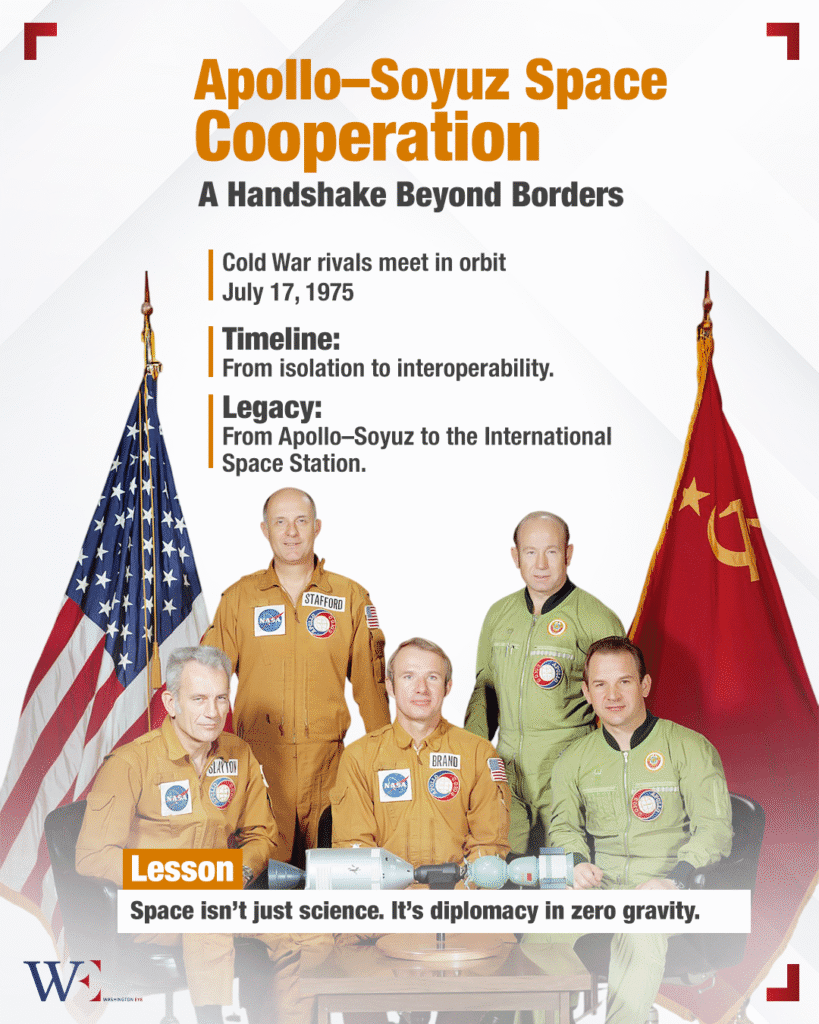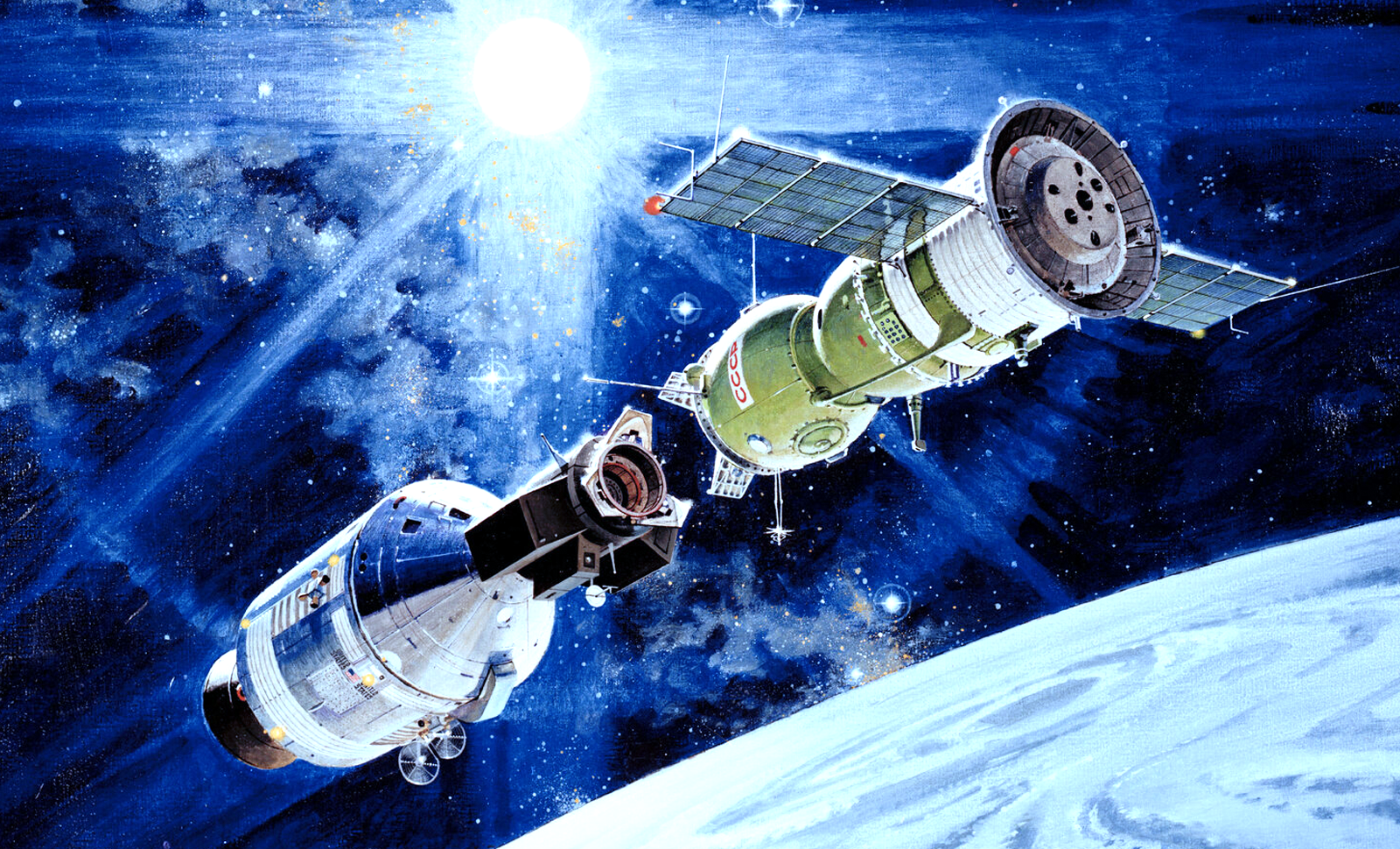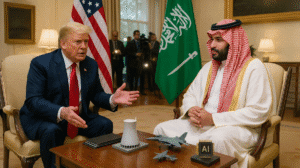On July 17th,1975, an event unfolded in low Earth orbit that would come to symbolize one of the most remarkable shifts in the history of space exploration. Aboard the docked Apollo and Soyuz spacecraft, astronauts and cosmonauts extended a hand to one another—not as emissaries of opposing superpowers, but as pioneers representing a shared human endeavor. The Apollo–Soyuz Test Project (ASTP) marked the first international crewed space mission, offering a blueprint for collaboration amid political tension.
From Competition to Cooperation
The Apollo–Soyuz mission was born during a brief period of thaw in Cold War relations. While the geopolitical context of the time was complex, the mission’s objectives were grounded in mutual scientific benefit and the desire to reduce tensions through cooperative enterprise. This was more than a symbolic gesture; it involved months of technical planning, linguistic preparation, and joint engineering work to ensure the two spacecraft—designed in isolation—could physically and operationally interface.
The handshake between astronauts and cosmonauts became a powerful visual metaphor, one that showed diplomacy was not confined to conference rooms. It could unfold in orbit, enabled by science and grounded in shared risk.
Engineering a Shared Future
The success of ASTP hinged on a key technical breakthrough: the creation of a universal docking system. This required both nations to adapt their established engineering paradigms, overcoming linguistic, cultural, and technological barriers. The effort revealed a crucial insight—interoperability is as much a diplomatic challenge as a mechanical one. This laid the conceptual and operational groundwork for future international missions, where standardized systems and protocols would become essential.
Crucially, the collaboration also demonstrated the feasibility of extended joint missions. The crews not only docked and exchanged greetings but conducted shared scientific experiments and simulations that would echo decades later aboard the International Space Station (ISS).
A Lasting Legacy in Space Collaboration
The implications of the Apollo–Soyuz mission extend well beyond the 1970s. It directly influenced how international space partnerships are conceived and executed today. The ISS, launched more than two decades later, is a multinational project involving contributions from over 15 nations—many of which had previously operated independently. The precedent set by ASTP made such collaboration politically and technically thinkable.
Beyond hardware, the mission also helped forge long-standing institutional ties. Engineers, mission planners, and astronauts developed shared protocols and communication strategies, many of which continue to guide contemporary missions. These frameworks have facilitated cooperation not only between historical space powers but also between emerging space agencies and commercial actors.
Lessons for a Multipolar Space Era
As space becomes increasingly multipolar—with countries like China, India, and private space companies expanding their reach—the lessons of ASTP remain relevant. Chief among them is the understanding that early cooperative gestures can catalyze long-term systems of trust. Today’s shared satellite missions, reciprocal astronaut training programs, and joint orbital infrastructure owe much to the paradigm that Apollo–Soyuz helped initiate.
Rather than seeing space solely as a domain for competition, ASTP proposed an alternative: a laboratory not just for science, but for diplomacy. In an era where Earth-based tensions often spill into technological and scientific domains, the mission offers a timeless example of how mutual objectives can transcend national boundaries.
A Final Note
The handshake in orbit was more than a symbolic gesture between two rival states; it was a prototype for peaceful collaboration in a high-stakes, high-tech environment. The legacy of the Apollo–Soyuz mission lives on—not just in the hardware it inspired, but in the mindset it introduced: that space exploration can be a unifying endeavor, even in a divided world.
















